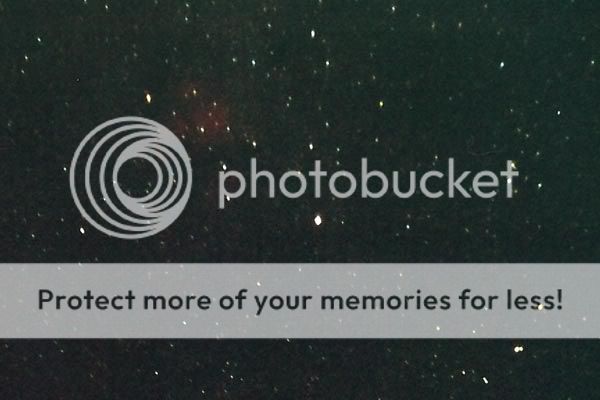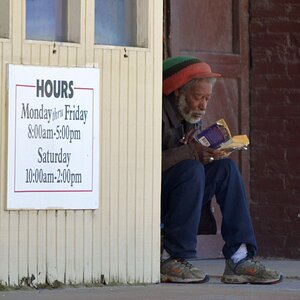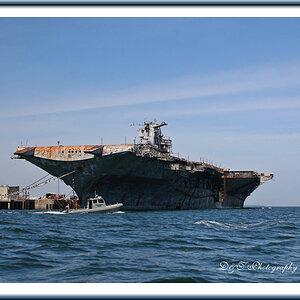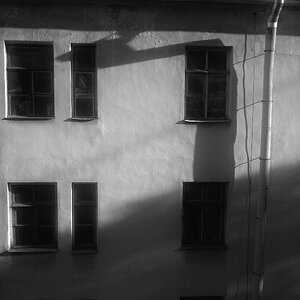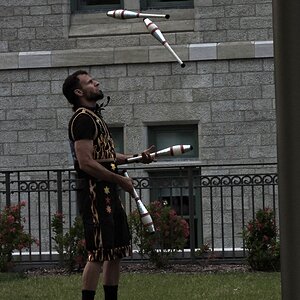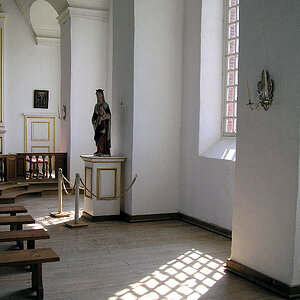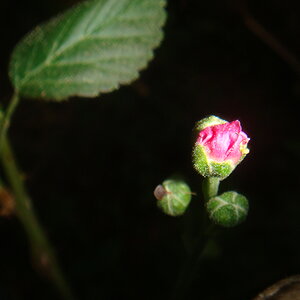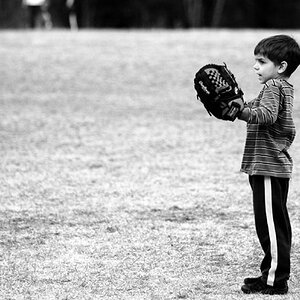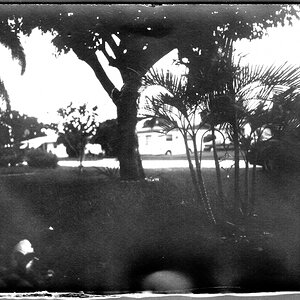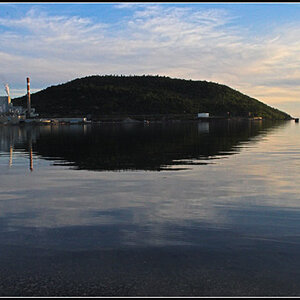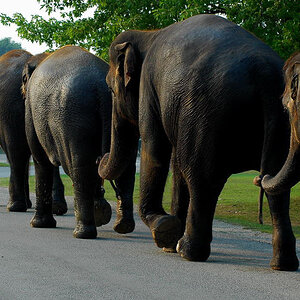PlasticSpanner
TPF Noob!
- Joined
- May 1, 2005
- Messages
- 4,125
- Reaction score
- 51
- Location
- Cheshire, England
- Website
- www.cheshirecatcarclub.info
- Can others edit my Photos
- Photos NOT OK to edit
Possibly out on a limb here and may be posting these to myself! 
Mars and Pleiades
Taken 02/09/05 @ 02:00
Praktica BMS, 50mm lens @ F1.8, 20 second exposure (a little too long, some trailing evident)

Post processing: Gradient applied to remove uneven field and colour, levels adjusted, black point set (15,25,45 RGB), minimum filter applied to remove the worst of the star bloating, cropped and finally de-speckled and sharpened.

Mars and Pleiades
Taken 02/09/05 @ 02:00
Praktica BMS, 50mm lens @ F1.8, 20 second exposure (a little too long, some trailing evident)

Post processing: Gradient applied to remove uneven field and colour, levels adjusted, black point set (15,25,45 RGB), minimum filter applied to remove the worst of the star bloating, cropped and finally de-speckled and sharpened.



